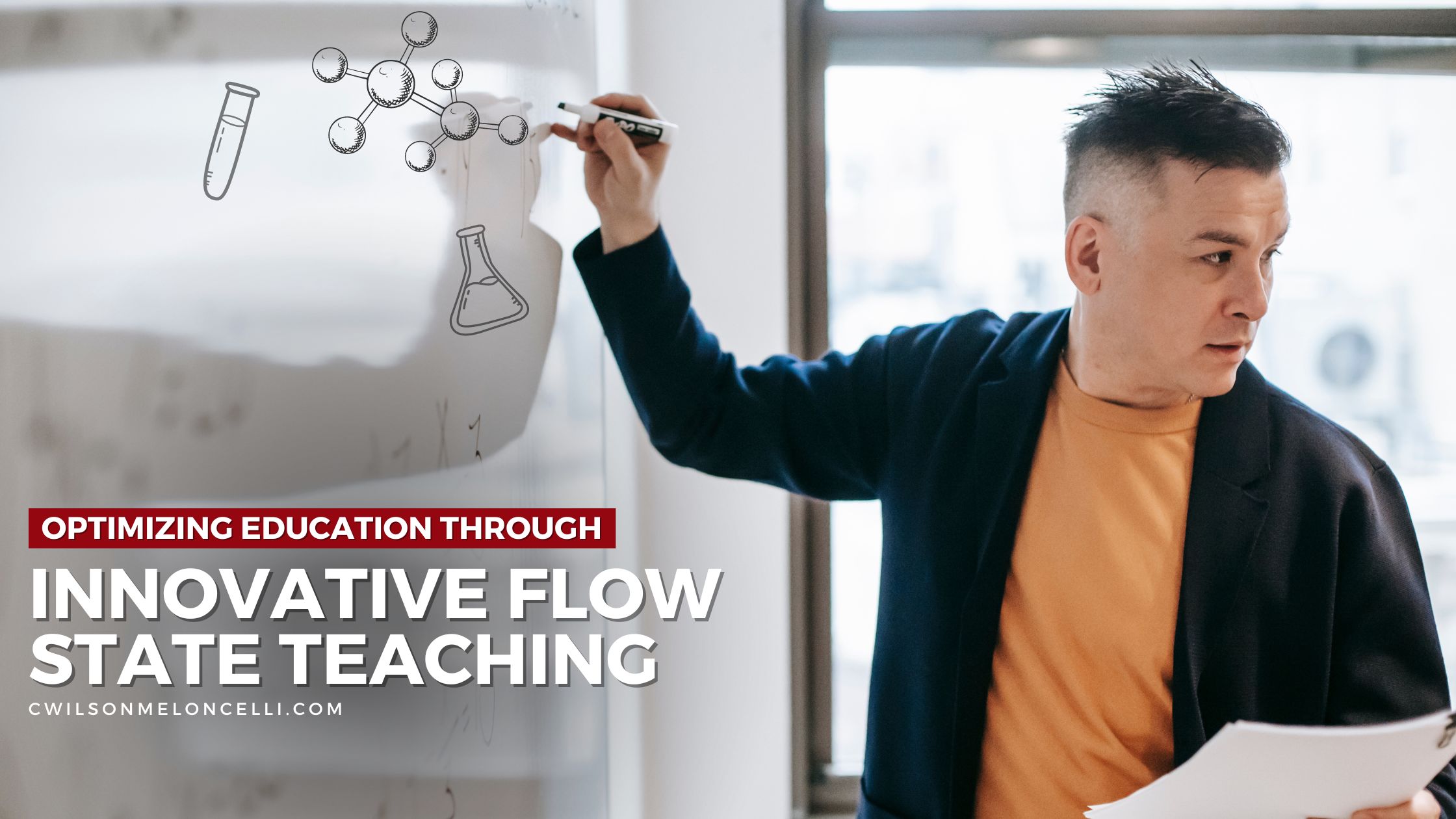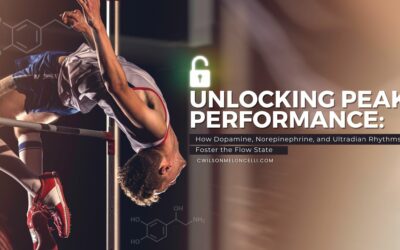
In the realm of education, the pursuit of effective teaching and learning methods is ongoing. The concept of flow state, introduced by psychologist Mihaly Csikszentmihalyi, offers a compelling approach to revolutionizing educational practices. Flow state, characterized by deep immersion and heightened focus, can significantly enhance the learning experience in schools and universities. This article explores how educators can apply flow state concepts to improve learning and teaching methods.
Understanding Flow State in Education
Flow state occurs when a person is fully immersed in an activity, experiencing a heightened sense of focus and enjoyment. In educational settings, this translates to students being deeply engaged in their learning process, leading to improved understanding and retention of information.
"Flow is the state in which people are so involved in an activity that nothing else seems to matter; the experience itself is so enjoyable that people will continue to do it even at great cost, for the sheer sake of doing it." - Mihaly Csikszentmihalyi
Strategies for Incorporating Flow in Education
- Personalized Learning: Tailoring learning experiences to individual student interests and skill levels can facilitate flow. Personalized learning challenges students appropriately, keeping them engaged and motivated.
- Interactive and Experiential Learning: Hands-on activities, experiments, and interactive sessions can induce flow by actively engaging students in the learning process.
- Encouraging Autonomy: Allowing students to have a say in their learning journey, such as choosing topics or projects, can enhance their intrinsic motivation, a key component of flow.
- Balancing Challenge and Skill: Tasks should be neither too easy nor too difficult. Striking this balance is crucial for maintaining student interest and promoting flow.
- Feedback and Reflection: Providing timely and constructive feedback helps students understand their progress and stay engaged in the learning process.
- Minimizing Distractions: Creating a learning environment free from interruptions can help students focus better, facilitating the entry into a flow state.
The Impact of Flow on Learning and Teaching
- Enhanced Engagement and Motivation: Students in flow are more likely to be engaged and motivated, leading to a more effective and enjoyable learning experience.
- Improved Performance: Studies have shown that students who experience flow demonstrate better academic performance. For instance, a study in the "Journal of Educational Psychology" found a positive correlation between flow experiences and academic achievement.
- Increased Creativity: Flow state fosters creativity, encouraging students to think outside the box and approach problems innovatively.
- Reduced Stress and Anxiety: The immersive nature of flow can reduce feelings of stress and anxiety in students, creating a more conducive environment for learning.
Case Studies and Real-World Applications
- Project-Based Learning: Implementing project-based learning, where students work on long-term, multidisciplinary projects, has been shown to induce flow, as it involves active engagement and problem-solving.
- Gamification in Education: Incorporating game-like elements in educational settings can make learning more engaging and flow-inducing. For example, a study on gamification in education revealed increased student motivation and engagement.
- Mindfulness and Meditation: Integrating mindfulness practices in the classroom can prepare students mentally for learning, making it easier for them to enter a state of flow.
Challenges in Implementing Flow in Education
Integrating flow state concepts into educational settings, as emphasized in the "4 Cycles of Flow" program, offers a promising avenue for enhancing both teaching and learning experiences. This program, rooted in the principles of flow, underscores the importance of student engagement, personalization, and innovative teaching methods. By focusing on these elements, educators can create an environment where students are more likely to experience flow, leading to improved learning outcomes and overall well-being.
As Mihaly Csikszentmihalyi suggests, the key to achieving flow lies in finding activities that are both challenging and enjoyable. This principle, when applied in educational practices, can transform the dynamics of learning and teaching. In embracing the "4 Cycles of Flow" program, educators and students alike can unlock new potentials, making the journey of education not just a path to academic success but also a journey of personal growth and fulfillment.










